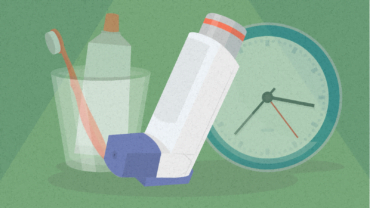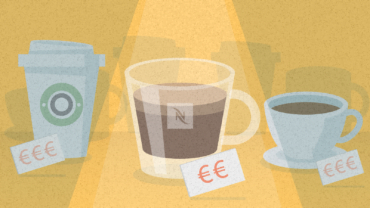The Rule of Thumb: A Powerful Yet Overlooked Marketing Strategy Deeply Rooted in Psychology
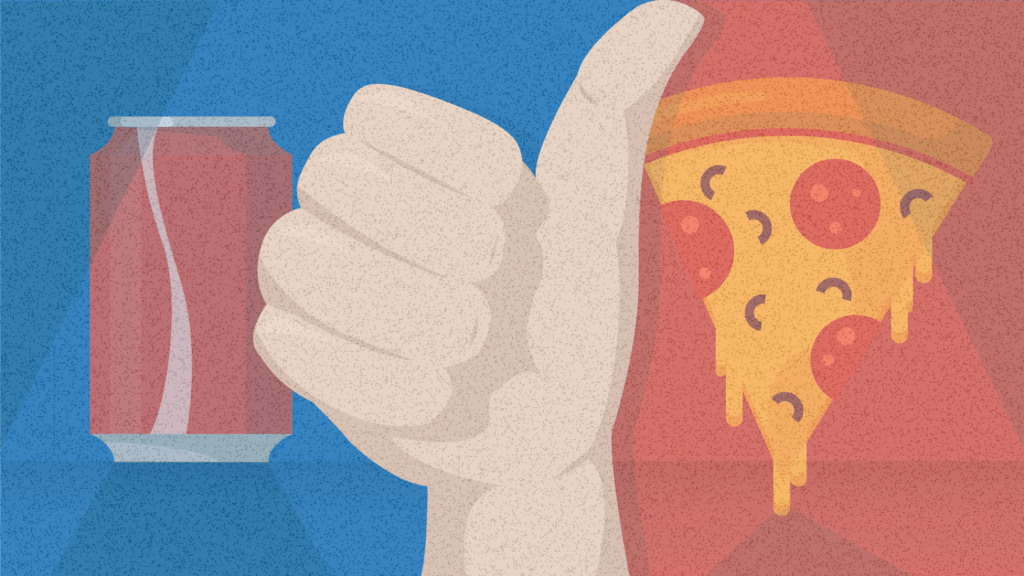
How do you make your product or service stick? Create a rule of thumb around it by connecting it to another product, habit, or action.
In this article, you’ll discover:
- What the rule of thumb is;
- Why the rule of thumb is a clever marketing tool and the logic behind it; and
- 3 ways to leverage the rule of thumb in your business.
50-30-20
Raise your hand if this set of numbers rings a bell. But if it doesn’t, don’t worry! We’ll not only explain it but we’ll also cover what the rule of thumb is and how it can even make you more financially savvy. A win-win scenario.
Hoping to create a financial buffer and be able to save up for that dream vacation or wedding? When it comes to managing money, things can get quite complex and that’s when a simple budgeting rule called the 50-30-20 rule comes in handy.
This rule tells you exactly what you should do to create a financial buffer, no sweat to it (or at least less sweat…). It says you should spend 50 percent of your net income on needs, (the essentials such as bills, food, and rent), 30 percent on wants (things that make life more enjoyable and fun), and the remaining 20 percent on savings. As you can see, this rule (of thumb) is pretty straightforward and easy to remember or follow through with.
What exactly is the rule of thumb?
Uncertainty
Uncertainty is a situation when your customer has incomplete or missing information. A situation when their questions, concerns, and fears aren’t answered.
When faced with a difficult situation that could lead to stress and uncertainty over what the right course of action might be, going back to simple formulas helps. And that’s when rules of thumb come in; they make things easier to remember and help simplify complex decisions in a way that’s easier to follow and stick to.
That’s why the rule of thumb plays a crucial role in situations of uncertainty, as it’s easier to rely on this mental shortcut when confronted with a world filled with seemingly endless options. Asking a customer to deliberate? Then they might pass on a good offer. But tell them exactly what to do and then they may just follow it.
Rules of thumb make things easier to remember and help simplify complex decisions in a way that’s easier to follow and stick to.
It’s important to note that rules of thumb aren’t real rules, they’re actually quite arbitrary. And by this, I mean that anyone can create a rule of thumb, a.k.a. a simplified piece of advice, regarding a particular subject or course of action, which then makes certain behavior more likely to occur in the long run.
The good news is, your company can do it too! Let’s now look at the core mechanism of a good rule of thumb and zoom in on some business examples that worked well.
The science behind the rule of thumb
At the core of a good rule of thumb lies what’s known as the Hebb Effect, which says that a certain thought is more likely to generate another thought if both of them have been connected in the past.
For example, if you think of Oreo cookies, you might also find yourself thinking of milk because of Oreo’s famous “twist-lick-dunk” campaign. Here, the initial thought of Oreo cookies leads to the thought of milk because you’ve been exposed to this advertisement dozens of times, making this association in your brain stronger.
As you can see, there’s no rule to accompany a glass of milk (something your mom would certainly approve of) with an Oreo cookie (something she almost certainly would not), but the brand created an artificial rule that has been followed by people from all over the world.
The initial thought of Oreo cookies leads to the thought of milk because you’ve been exposed to this advertisement dozens of times, making this association in your brain stronger.
So much so that they printed the word “milk” on a cookie! This is salience at its finest.
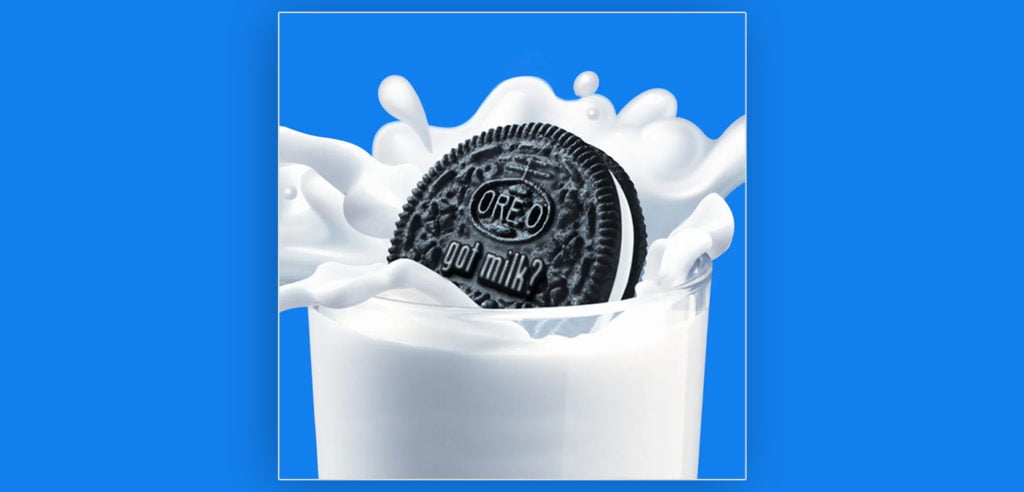
Eventually, these associations form rules of thumb. For you as the seller, this is highly beneficial because a customer will then remember your brand faster. Customers, in general, prefer opting for the path of least resistance, or the one that requires less thought. So, taking advantage of the rule of thumb works as a pair of lucky breaks for marketers and buyers.
If used strategically, leveraging the rule of thumb is a clever marketing tool. The only challenge here for marketers is to relate two ideas, and then voila, you’ve made product sales more effortless!
3 Ways to introduce the rule of thumb in your business
The goal here is to create a new habit for the customer by associating your product with an existing product or action. In some cases, it’s also possible to create a new artificial rule altogether. There are 3 ways for one to insert a rule of thumb in your business.
1- Hook your product to an already existing product
Pizza and Coca Cola
Joe’s Pizza is a popular food chain in the US. In this advertisement from Coca-Cola, they’ve attached their product to pizzas to create a notion that both of them taste better together. The ad depicts several people ordering various types of pizzas, but in the end, all of them combine their meal with a glass of Coca-Cola. The relation between these products is so strong that drinking Coca-Cola with a pizza is now a common practice or rule of thumb in the US.
You can check out the advertisement here.
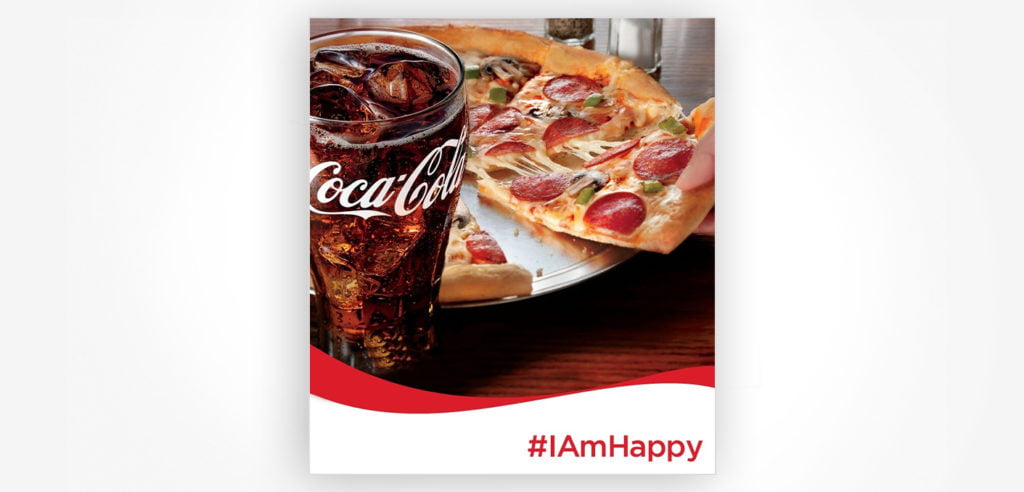
b) A Kit Kat bar and coffee
In 2007, Kit Kat’s sales were slowly plummeting, and further advertising would cost them many arms and many legs. So, they decided to target a whole new group of working adults to get their heads back in the game.
After trying and testing out multiple combinations, Kit Kat pulled off an extremely clever strategy. They tracked the daily routines of their target audience and decided to latch their product into a routine that almost every working adult follows: taking a coffee break.
Further down the line, they started advertising visuals of Kit Kat bars with coffee, which ended up creating a mental association between the two. By connecting a Kit Kat bar with a cup of coffee, the brand managed to kill two birds with one stone. No one can deny that they complement each other in taste, but what’s more, is that both of these products were readily available and easy to take away. Since people were glued to the habit of drinking coffee, some sources estimate that this campaign increased sales by 8%.
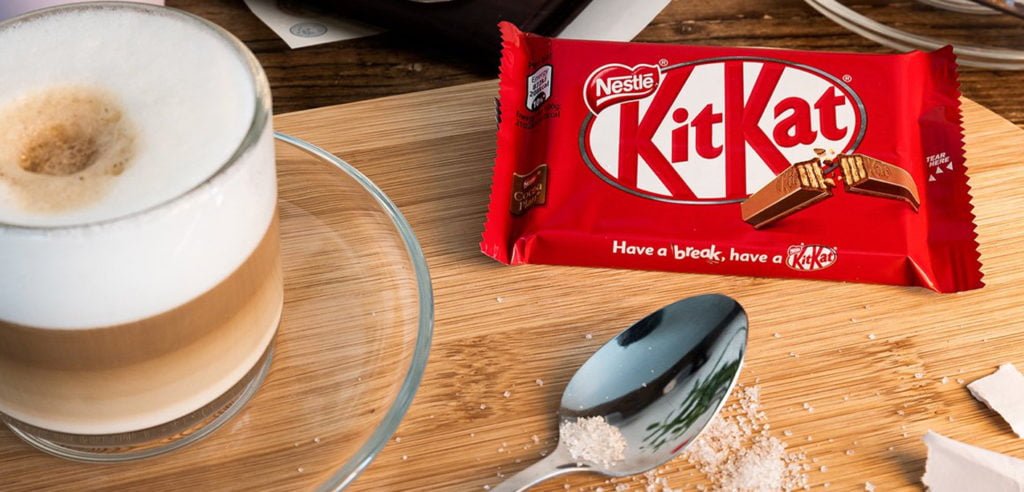
2- Look for a habit you can associate with your product: Brushing your teeth and using your inhaler
In this interesting case study by Nir Eyal on InsideBE, Nir talks about a low-cost intervention that reminded asthma patients to use their inhalers daily.
Like any other human being who sometimes forgets to do their daily chores, asthma sufferers also forget to take their medication. However, in this case, it represents a grave problem as it can be a matter of life and death. All they have to do to avoid succumbing to this illness is use their inhaler twice a day. Yet, oftentimes, they tend to skip this important ritual. So, Nir stepped in with his experience in habit-forming to find a solution.
The rule was simple: every time asthmatics brush their teeth, they should also use their inhalers.
Through observational studies, Nir found that people brushed their teeth twice a day, the perfect solution to this problem. Nir suggested using teeth brushing as a trigger to recall using one’s inhaler. The rule was simple: every time asthmatics brush their teeth, they should also use their inhalers. To make this a fool-proof plan, Nir suggested creating a plastic stand costing around 25 cents which could be placed near the toothbrush. As a result, the number of people using their inhalers increased, as tested on a small sample group.
3- Create an artificial rule of thumb
The five-a-day rule
Creating an artificial rule of thumb works efficiently in cases where you need to ease the decision-making process for your users by providing an easy-to-follow framework. For example, it’s easier to ask people to eat one green vegetable a day instead of telling them to include antioxidants in their meals.
The UK Government understood this principle and in 2003 launched a campaign called ‘5 a Day.’ On the recommendation of the WHO, one should eat at least 400 grams of fruits and vegetables a day to stay healthy. Quite often providing numeric figures such as 400 grams causes uncertainty. It makes people wonder what it consists of and how to meet that goal. So, the government created an artificial rule named ‘5 a Day,’ which was much easier to follow. The rule was pretty straightforward: consume 5 fruits and vegetables a day.
The rule was pretty straightforward: consume 5 fruits and vegetables a day.
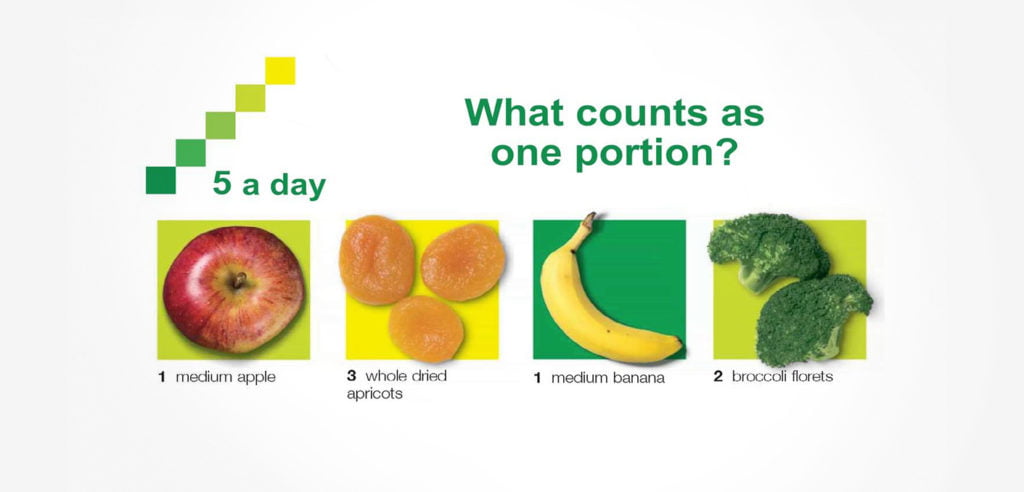
To watch the campaign video, click here.
Make it a “no brainer”
“When you want to change someone’s behavior, there are two aspects to it,” says Matej Sucha, CEO of MINDWORX Behavioral Consulting. The first approach is to increase people’s motivation by telling them how good a certain product is. The second – and more important – approach to change people’s minds is to remove friction. “If you want someone to do something, you must make it as seamless and simple as possible,” Sucha adds. And this is when the rule of thumb comes into play.
When people aren’t sure about the right course of action, the rule of thumb can serve as a good strategy to remove friction. It can erase people’s ambiguity about what to do next, which would otherwise lead to deliberation, or worse, inaction.
It’s especially handy when you want to establish a long-lasting behavioral change. That’s what behavioral consultancy MINDWORX was hired to do. Their client wanted to increase sales of a premium car product. They sold two fuel alternatives: a cheaper, basic fuel and a pricier, premium one of superior quality that wasn’t selling as well as they had hoped (or to put it more bluntly: what their projections were).
When people aren’t sure about the right course of action, the rule of thumb can serve as a good strategy to remove friction.
MINDWORX first observed gas station visitors and took note of how they behaved – where they stopped, how they purchased their fuel, and how they decided what type of fuel to buy.
After that, the team came up with a set of recommendations. Apart from increasing motivation by explaining the benefits of premium fuel in layman’s terms and showing how essential it was to fill up your tank with this type of fuel at least once in a while, they also suggested adding an artificial rule of thumb: one in three is premium, all while explaining why this frequency would be ideal for accomplishing the end-goal. It’s easy to remember and easy to follow. And that’s the beauty of a rule of thumb.
Key Takeaways:
- Create a new habit for the customer by associating your product with an existing product or action. Tie it to something the customers are already doing, that way you’re utilizing the power of the path with the least resistance.
- Just like Oreo, don’t be shy to create arbitrary associations that make sense and are therefore more likely to stick. You can go as far as reminding customers what to do on your product packaging or even on the product itself, i.e. the “GOT MILK?” slogan on an Oreo cookie.
- If you want to encourage repetitive action, create a rule that provides a clear direction about the frequency in which a customer should perform that action. Be sure to explain the reasoning behind that frequency and the benefits one can expect if they stick to it.
